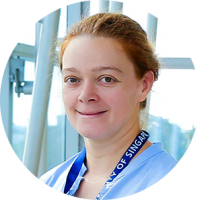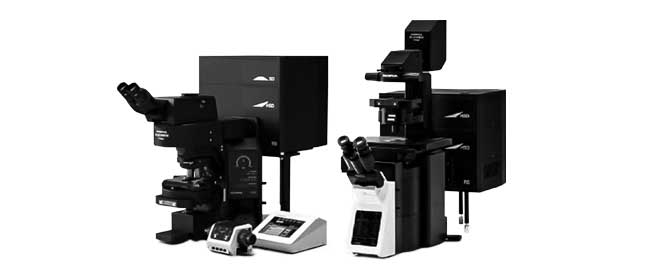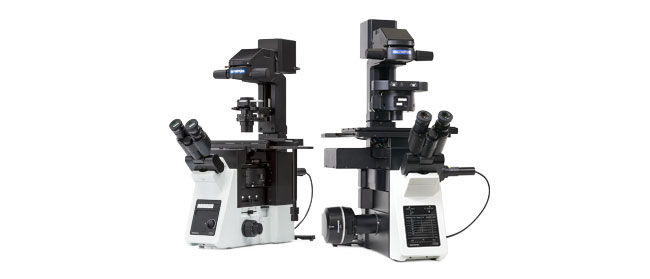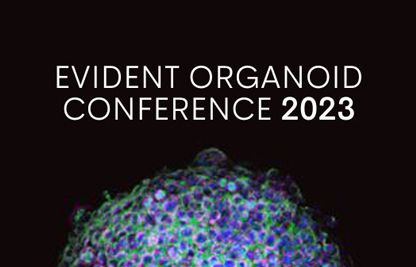
Session 1 JeWells: A New Dedicated Organoids Platform Made for HCS and More Extreme Conditions
Session 2 3D Spheroid-Microvasculature-on-a-Chip for Tumor-Endothelium Mechanobiology Interplay
Session 3 A Sugar Code for the Dynamics of Breast Cancer Migration
Session 4 Complex In Vitro Tumor Models and 3D Confocal Imaging Technology to Investigate Cell Therapy against Solid Tumor
Agenda
| Time (GMT +8) | February 8, 2023 |
|---|---|
11:00 a.m. - 11:10 a.m. | Opening Address by Akio Hirohashi Chairperson |
11:10 a.m. - 11:55 a.m. |
Session 1
|
11:55 a.m. - 12:40 p.m. |
Session 2
|
12:40 p.m. – 1:25 p.m. |
Session 3
|
1:25 p.m. – 2:10 p.m. |
Session 4
|
2:10 p.m. – 2:55 p.m. |
Session 5
|
2:55 p.m. – 3:00 p.m. | Closing Address by Jian Shen |





.jpg?rev=4058)


.jpg?rev=8603)
